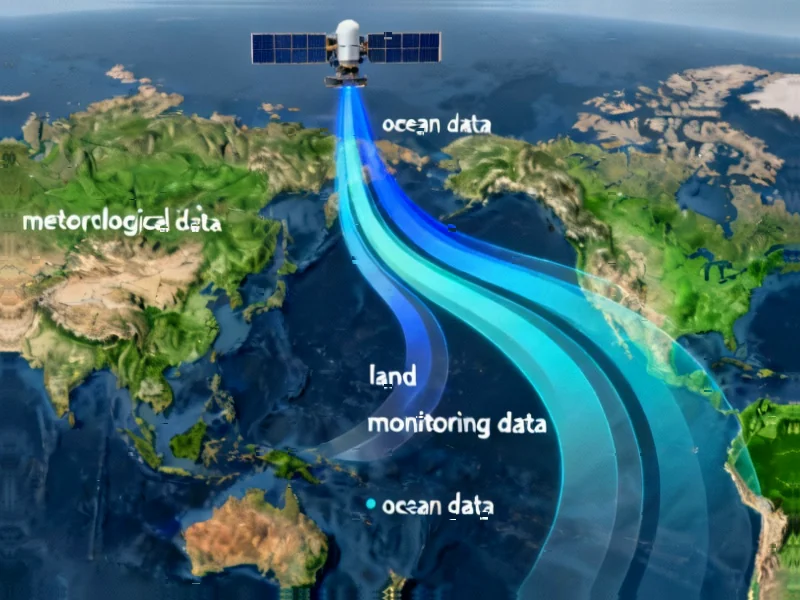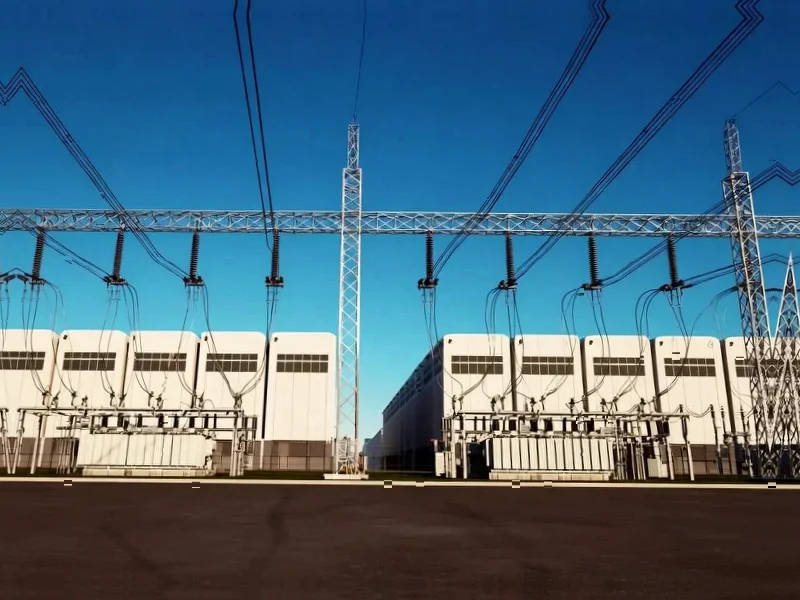According to Nature, China’s comprehensive Earth observation satellite network includes Fengyun for meteorological data, Gaofen for optical and radar imaging, Haiyang for ocean monitoring, and specialized satellites like TanSat for greenhouse gas tracking. However, bibliometric analysis of English-language research from 2008-2024 reveals these resources are dramatically underutilized internationally—over 95% of Gaofen-citing publications and 98% of Fengyun-citing papers come from Chinese-affiliated authors. The research, which included polling highly cited international remote sensing experts, identified major accessibility barriers including limited data visibility, lack of user-friendly portals, unclear data policies, and interoperability issues with global platforms. Despite China’s participation in some global initiatives, international researchers report significant challenges discovering and using these datasets compared to NASA or European alternatives.
Table of Contents
The Global Data Gap
What makes this underutilization particularly concerning is that China’s Earth observation satellite capabilities have reached parity with Western systems in many respects. The Gaofen series offers resolution comparable to Landsat, while Fengyun provides meteorological data that could complement existing global weather forecasting networks. When entire datasets from a major space power remain siloed, it creates blind spots in our understanding of climate change, disaster response, and environmental monitoring. This isn’t just about scientific cooperation—it’s about having complete global coverage for phenomena that don’t respect national borders, from atmospheric rivers to marine heatwaves.
The Accessibility Challenge
The core issue isn’t technological capability but accessibility infrastructure. While NASA and ESA have invested heavily in user-friendly data portals like Earthdata and Copernicus Open Access Hub, China’s data distribution remains fragmented across different agencies and platforms. International researchers cited insufficient metadata documentation and format inconsistencies as major obstacles—problems that go beyond simple language barriers. The lack of standardized processing protocols means that even when researchers can access the data, they often can’t easily integrate it with existing workflows or combine it with data from other satellite systems they’re already using.
Beyond Technical Hurdles
This data gap reflects broader geopolitical tensions in space cooperation. While scientific collaboration should theoretically transcend politics, the reality is that China‘s space program operates within a complex web of export controls, security concerns, and competitive dynamics. The distinction between civilian and military applications of Earth observation data is often blurry, creating legitimate concerns on all sides. However, the current situation represents a lose-lose scenario: international science misses valuable data sources, while China misses opportunities for global scientific leadership and influence that come with widespread adoption of its space assets.
A Cooperative Future
The solution requires more than just technical fixes—it demands a strategic shift toward genuine data diplomacy. China could look to models like the Fengyun meteorological satellite’s limited international distribution as a starting point for broader data sharing. Creating English-language portals with comprehensive documentation, adopting international data standards, and establishing clear usage policies would address many researcher concerns. More importantly, building trust through joint research initiatives and co-development of data products could demonstrate the mutual benefits of open access. As climate change accelerates, the world can’t afford to have critical Earth observation data locked away due to accessibility barriers.



